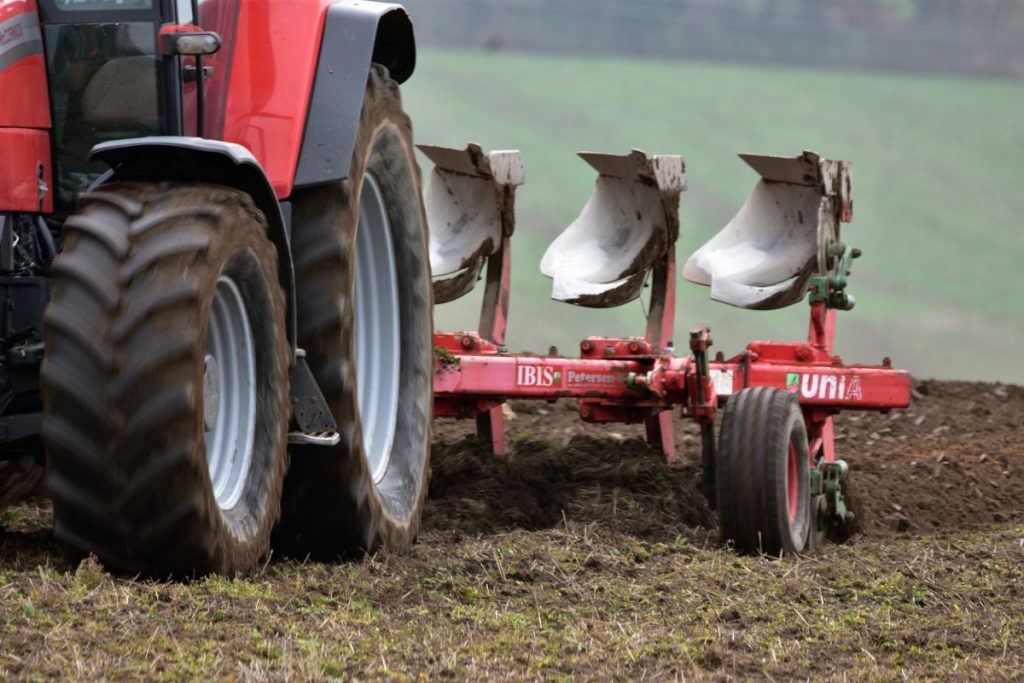Rye, cultivation and harvesting technology
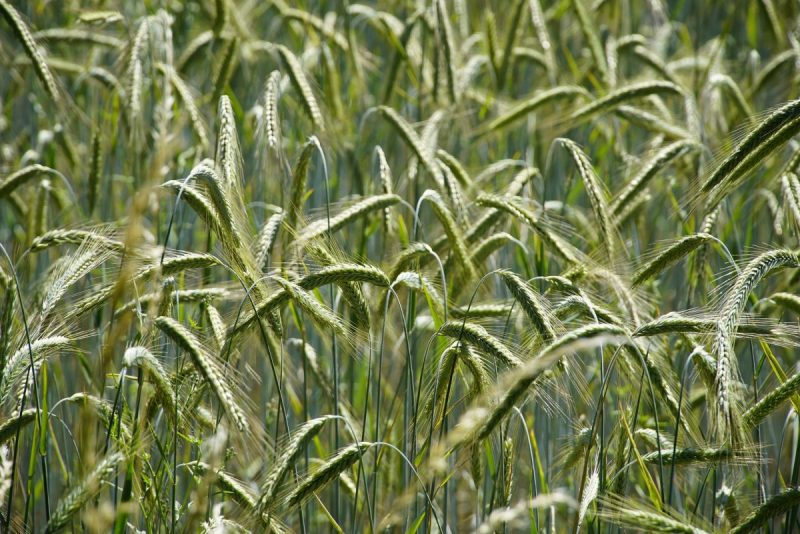
Rye (Secale cereale) – is an important crop, originally from South-West Asia, Asia Minor and the Caucasus, which spread to Europe together with wheat. Rye is mainly used in human nutrition, being the second cereal used in baking, after wheat. Rye can be cultivated in conditions that are not suitable for wheat, in areas with a cold and humid climate or in dry areas, at the same time making use of sandy or acidic soils.
The grains can be used as raw material in the industry of starch, glucose and alcohol. At the same time, rye is used as a fodder plant or as a fall crop, and the straw can be used as coarse fodder, in braiding, in the cellulose and paper industry, etc.
Additionally, some rye crops are artificially infected to obtain Ergot (Claviceps purpurea). They are used in the pharmaceutical industry to obtain the alkaloids that are used in the preparation of medicines against hemorrhages, circulatory disorders, migraines, etc.
Botanical characteristics
Rye has a well-developed root system, with a high solubilization capacity. A large part of the roots (approx. 60%) can explore the soil to a depth of up to 25 cm, even 150 cm, and on sandy soils, they can reach 200 cm. Due to the large volume of the root system and the absorption capacity, rye has low demands in terms of the soil.
Tillering takes place 8-10 days after sprouting, being more intense in autumn. The stem is tall, approx. 120-180 cm, having a faster growth than in the case of wheat. Thus, rye can make better use of the water reserve during the winter and can compete more easily with weeds than other cereals. The leaves have a red-violet tinge in the young phase, then becoming blue-green. The inflorescence is represented by the ear, on which 10-35 spikelets are formed. Each spikelet has 2-3 flowers, 2 of which are fertile. The fruit is a caryopsis, with varying degrees of covering with a husk, of a yellowish or greenish color.
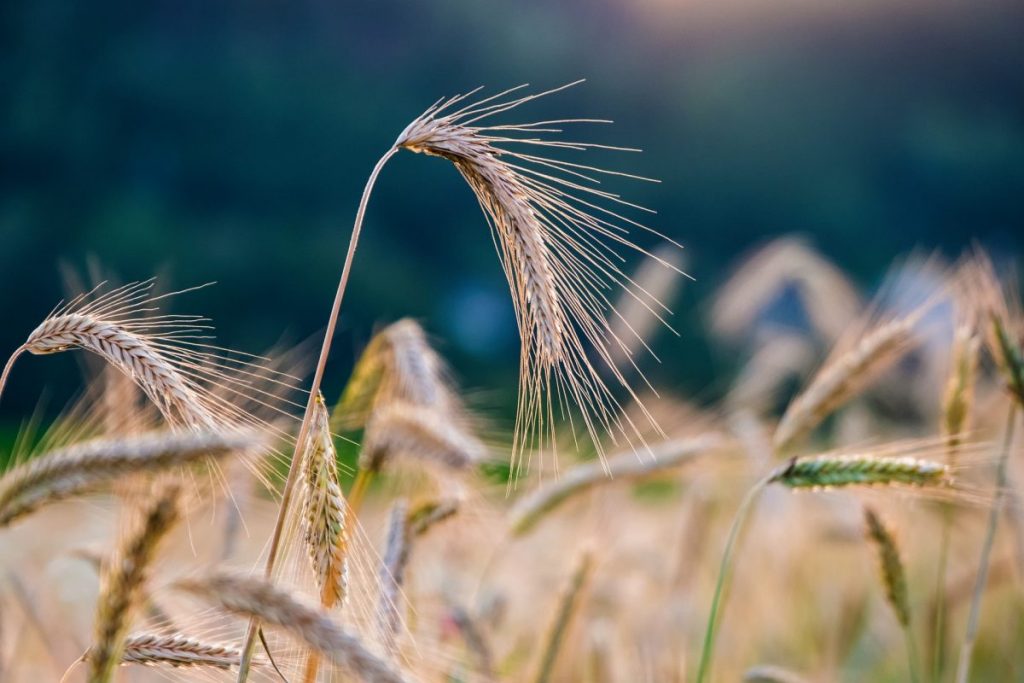
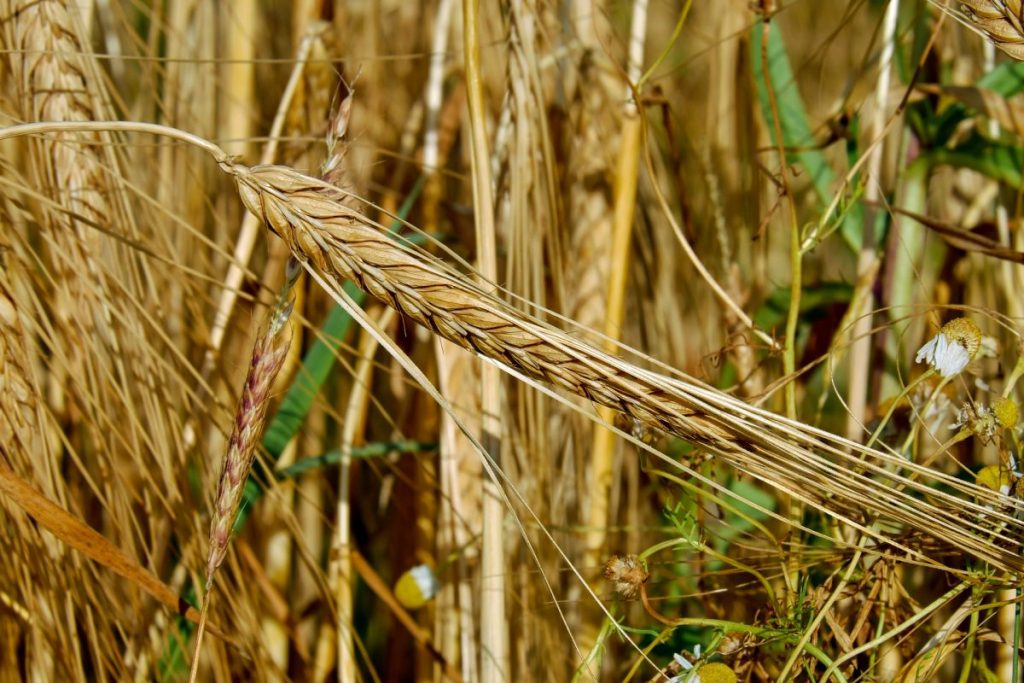
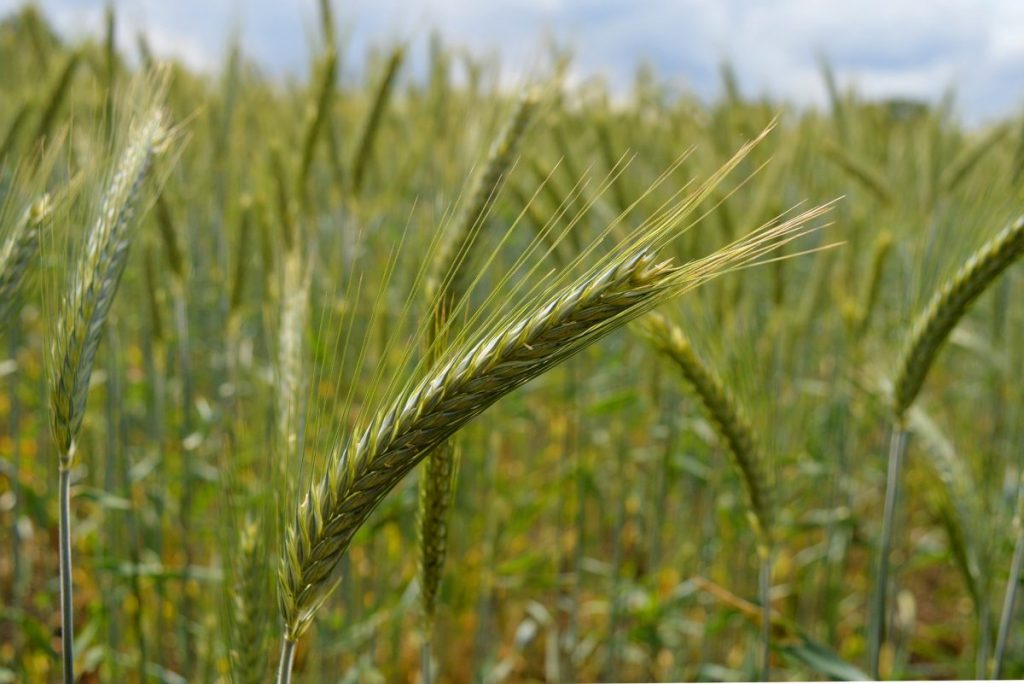
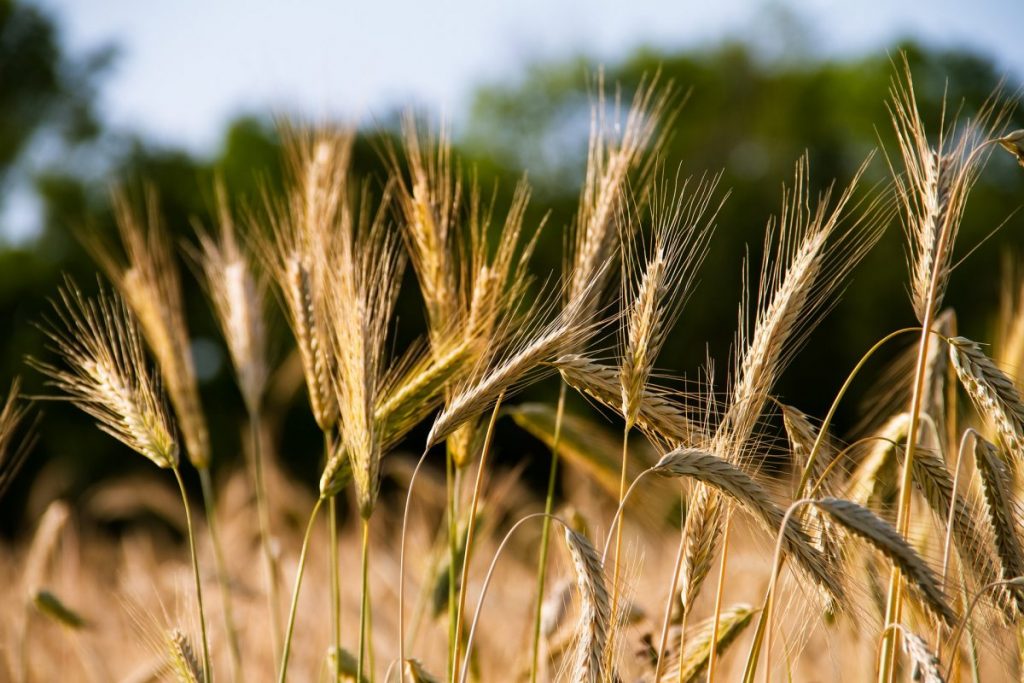
CLIMATE AND SOIL REQUIREMENTS
Temperature
Rye has moderate temperature requirements. Fractionation takes place at temperatures between 6-12 ℃, for flowering it requires temperatures of 14-16 ℃, and for the formation and filling of the grains, 18-20 ℃. Rye is more resistant to winter than wheat and autumn barley.
Humidity
It has moderate humidity requirements. It can be cultivated in areas with a colder and more humid climate or in those with a dry climate. However, too much humidity in autumn negatively influences the hardening process (to prepare for winter).
Soil
Rye is not pretentious in terms of soil. Due to its deep root system and high absorption capacity, rye makes use of soils where wheat does not produce good results (poor, sandy, acidic, slightly stony soils).
CULTIVATION TECHNOLOGY
Crop rotation
Rye is not pretentious regarding the preceding plant. Depending on the culture area and the soil, as good precursor plants we mention: cereals, legumes, gorse, watermelons, rapeseed, sunflower, early corn.
In addition, rye is a good precursor plant for the plants in its cultivation area because it is removed from the land early, clean of weeds, and it allows the soil works to be carried out on time.
Fertilizing
Since it is mainly cultivated on poor soils, rye reacts well to the application of fertilizers. Doses are established following agrochemical analysis of the soil, depending on the expected harvest and the requirements of the plants in certain phases of vegetative growth.
Recommended products
-
You can find products on a different store
Change Store -
You can find products on a different store
Change Store -
You can find products on a different store
Change Store -
You can find products on a different store
Change Store -
You can find products on a different store
Change Store -
You can find products on a different store
Change Store -
You can find products on a different store
Change Store -
You can find products on a different store
Change Store -
You can find products on a different store
Change Store -
You can find products on a different store
Change Store -
You can find products on a different store
Change Store -
You can find products on a different store
Change Store -
You can find products on a different store
Change Store -
You can find products on a different store
Change Store -
You can find products on a different store
Change Store -
You can find products on a different store
Change Store -
You can find products on a different store
Change Store -
You can find products on a different store
Change Store -
You can find products on a different store
Change Store -
You can find products on a different store
Change Store -
You can find products on a different store
Change Store -
You can find products on a different store
Change Store -
You can find products on a different store
Change Store -
You can find products on a different store
Change Store
Soil works
After harvesting the preceding plant, the stubble cultivation work is carried out. With this, the aim is to crush plant residues, by mixing them with the soil and crushing the superficial soil layer. Plowing is done immediately after stubble cultivation, at a depth of 20 cm. If the soil moisture does not allow plowing in optimal conditions, significant precipitation is expected before it is carried out.
If the environmental conditions do not improve, the plowing work can be replaced with two works carried out with the disc harrow. The preparation of the seedbed is done right before sowing with the help of a combine.
However, when preparing the seedbed, the soil must be better compacted and crushed, because the tillering node is formed towards the surface, and thus, there is a danger of it being exposed by the soil compaction (as a result of rains and snow).
Seeds and sowing
The seeds must have a purity of min. 98%, and a germination capacity of over 85%. Rye is sown about 10 days before autumn wheat. It is mainly sown between September 15-25, and in southern areas, between September 25 and October 5.
The sowing density is 500-600 germinating grains/㎡, and the sowing depth is 2-3 cm on heavy soils, 3-4 cm on medium soils and 5-6 cm on light soils.
Weed control
Due to the rapid rate of growth, rye competes well with weeds, in general, obtaining crops without weeds.
However, in order to reduce the weeds and to prevent their appearance, a series of measures can be taken such as: crop rotation, carrying out soil works, sowing in the optimal season, applying herbicides.
Recommended products
-
You can find products on a different store
Change Store -
You can find products on a different store
Change Store -
You can find products on a different store
Change Store -
You can find products on a different store
Change Store -
You can find products on a different store
Change Store -
You can find products on a different store
Change Store -
You can find products on a different store
Change Store -
You can find products on a different store
Change Store -
You can find products on a different store
Change Store -
You can find products on a different store
Change Store -
You can find products on a different store
Change Store -
You can find products on a different store
Change Store -
You can find products on a different store
Change Store -
You can find products on a different store
Change Store -
You can find products on a different store
Change Store -
You can find products on a different store
Change Store -
You can find products on a different store
Change Store -
You can find products on a different store
Change Store -
You can find products on a different store
Change Store -
You can find products on a different store
Change Store -
You can find products on a different store
Change Store -
You can find products on a different store
Change Store -
You can find products on a different store
Change Store -
You can find products on a different store
Change Store
Controlling diseases and pests
Rye culture can be affected by diseases such as: Claviceps purpurea, downy mildew, rust, fusarium wilt. Among the pests, the most frequent are: wireworms and Zabrus tenebrioides.
Harvesting
It is done when the grains reach 14% humidity. At the same time, because the danger of shaking is greater than in the case of wheat (the grains are less covered with the husk), harvesting is done at the end of ripening in the dough ripeness. Being taller than wheat, rye plants are cut at a higher height, so as not to clog the harvester.














































































































































































































































































































































































































































